Affiliate links on Android Authority may earn us a commission. Learn more.
Razer Edge is the best cloud gaming machine, but that comes at a cost
January 8, 2023
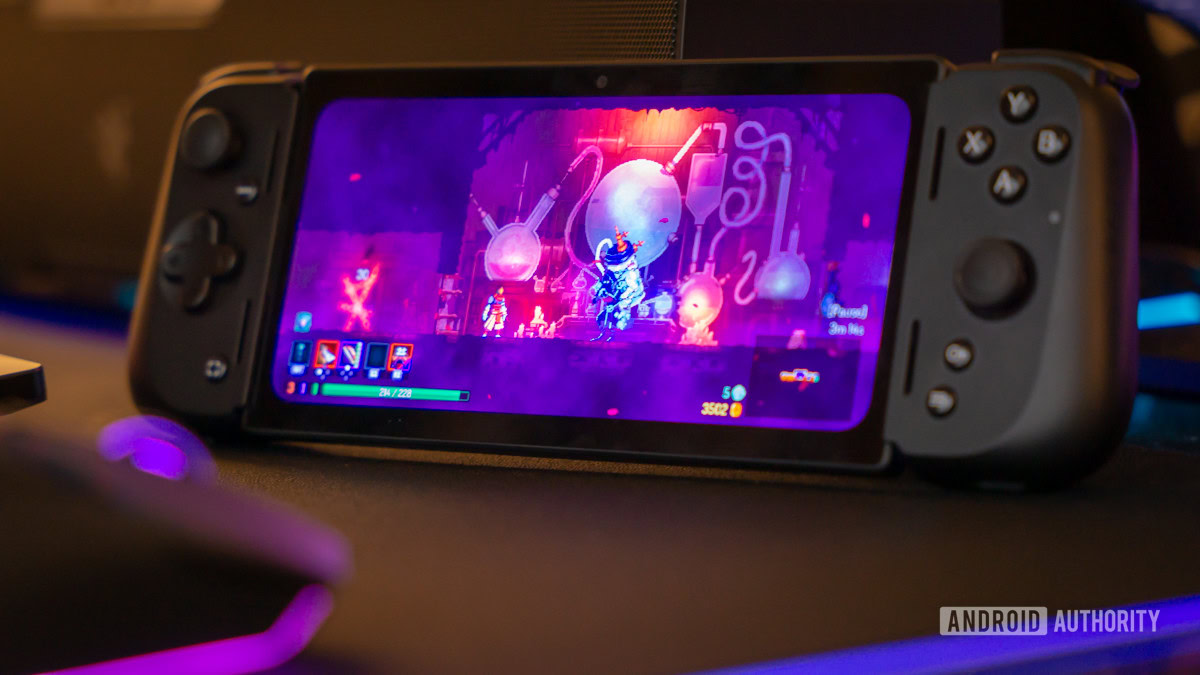
Remember when Android gaming was in its heyday? Back then, there were dozens of gaming phones and even specialized gaming tablets like the NVIDIA Shield. After a while, the trend sort of died down a little, largely due to limitations with mobile gaming hardware. Now it seems Android gaming is heating up again, with the battleground shifting to the cloud. So far most cloud gaming Android devices — such as the Logitech G Cloud — have had form factors more like a gaming handheld than a tablet, but the new Razer Edge looks to take a slightly different approach.
What exactly is the Razer Edge and how is it different from the others?
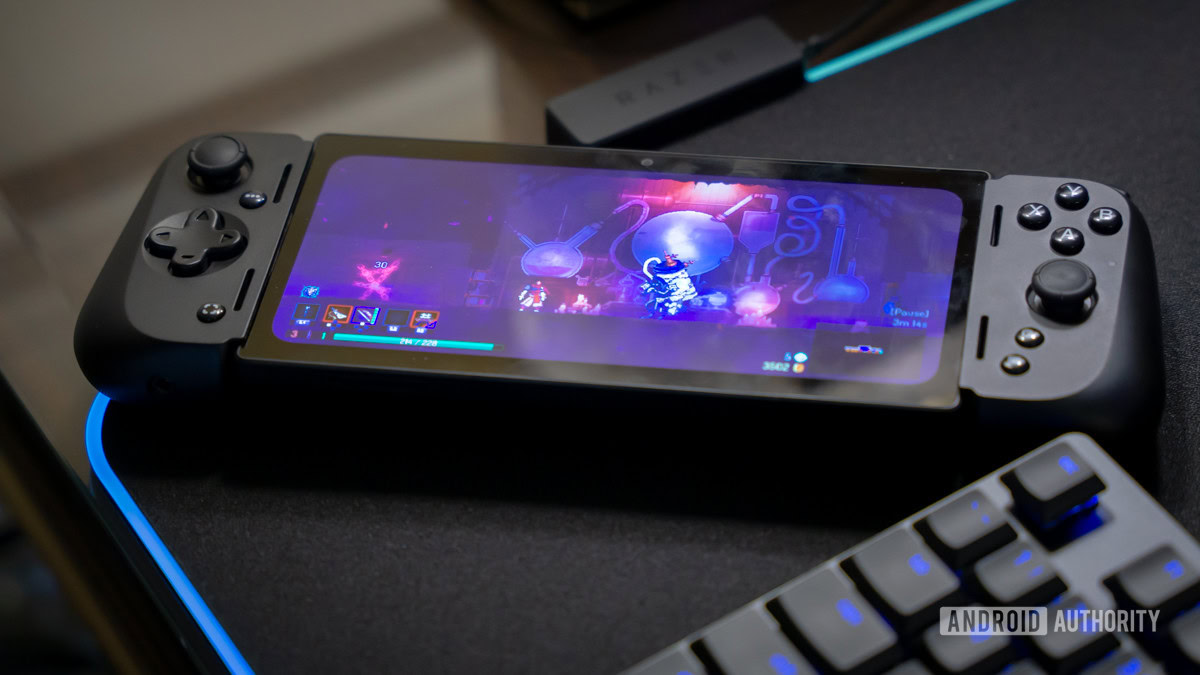
Instead of a gaming handheld, the Razer Edge is a gorgeous tablet with a very tall and skinny design that makes it feel more like a giant phone to me than a traditional tablet. This form factor is perfect for browsing the web, watching movies, and playing Android games.
Want a more console-like experience? Snap-on the included Razer Kishi V2 Pro controller and you have something more akin to the G Gloud. Keep in mind that despite the “V2” in the name, this is a modified version that is designed to better fit the Razer Edge. It also adds haptic feedback to the mix, which you won’t find on standard models.
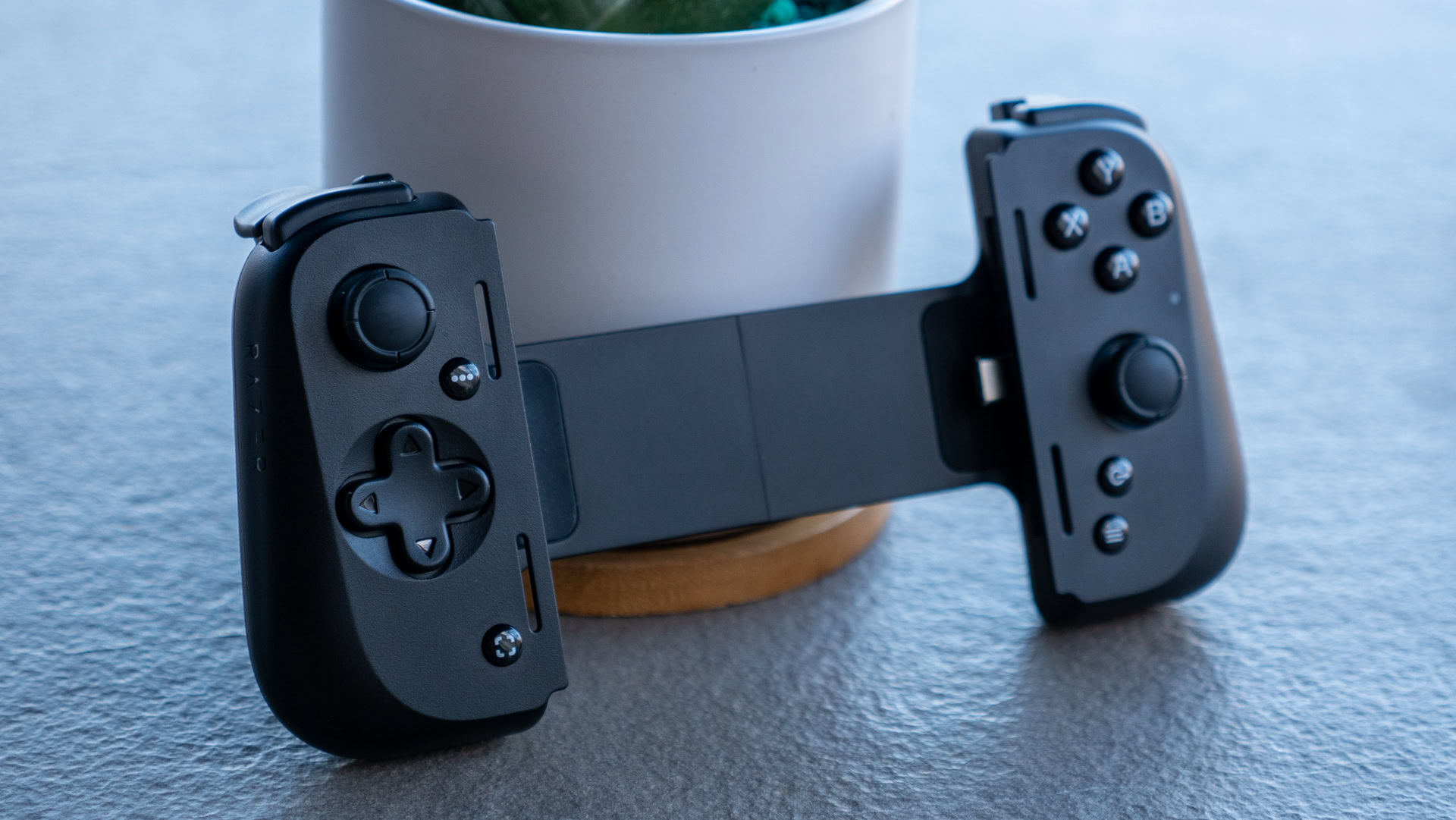
When you think of gaming you usually want top-of-the-line specs and Razer delivers with the Snapdragon G3X Gen 1 mobile chipset. You also get 8GB of RAM, Bluetooth 5.2 support, Wi-Fi 6E support, 128GB of storage, and a 5MP front-facing camera. Those who want higher-quality sound will also be happy to know a headphone jack was included this time around.
To be honest, all the specs above are important for Android gaming and other tasks, but really the main things that matter for a good cloud gaming system are comfortability, good buttons and analog sticks, great battery life, good cloud gaming support, and a really sharp display. Luckily the Razer Edge seems to check nearly all these boxes, as the console tablet never felt too heavy nor too fragile making it a pretty comfortable device.
Checking off all the boxes you’d want in a gaming tablet — save for one
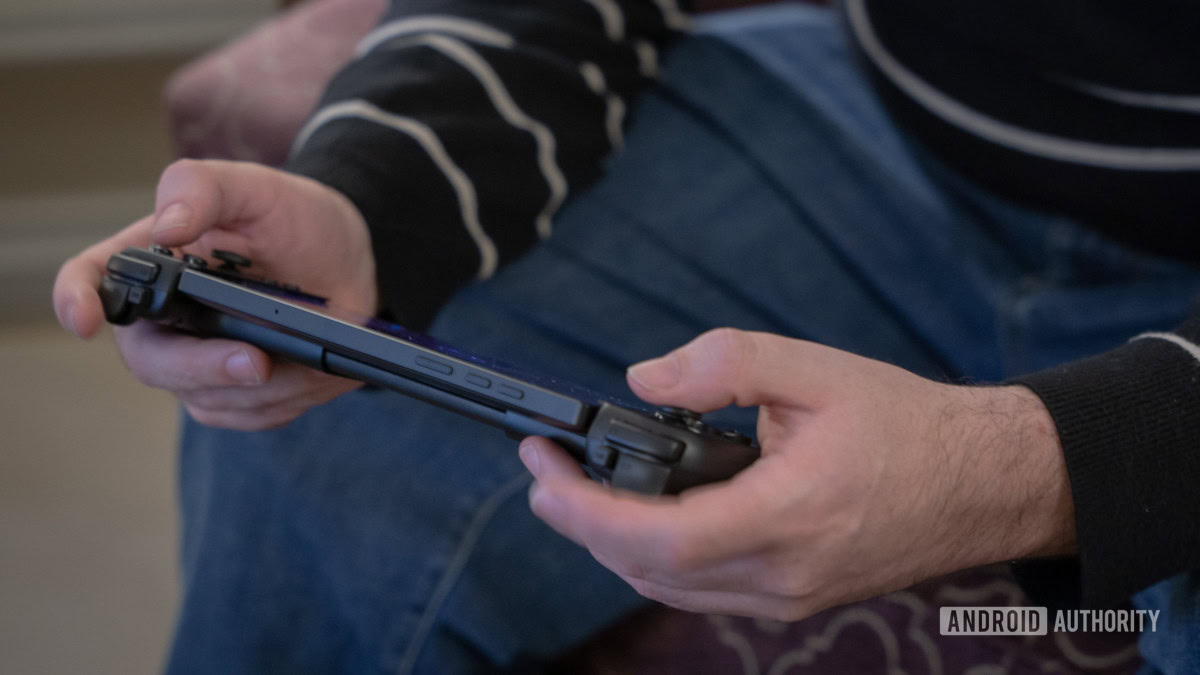
The Razer Edge’s 6.8-inch display is particularly impressive. The Razer Edge uses OLED technology with a 144Hz refresh rate and a resolution of 2,400 x 1,080. Whether browsing through the interface or playing games, the display was bright, beautiful, and very responsive.
Moving onto the controller, you have nothing to worry about here. Last year we reviewed the Kishi V2 controller and said it was the best Android controller around, so adding haptic feedback is just bringing more excellence to an already good thing.
For those worried about heat, Razer says it designed the device with active cooling so it can handle long gaming sessions without getting too hot. The device never felt uncomfortably hot in the time I played with it, but that was only about 15 minutes. We’ll need to take Razer’s word for now, but we’ll take a closer look down the road when we give it a full review.
The Razer Edge ticks all the right boxes, with the exception of battery life which we'd like to see a bit higher.
Though I did play a few local games and something on GeForce Now briefly (I honestly forgot the name of it), I didn’t really get a deep dive into the cloud gaming experience here but my brief taste has me confident it is more than up to the task. In addition to GeForce Now, the Edge also supports Xbox Game Pass Live.
Unfortunately, battery life is a bit less impressive. While we didn’t get much actual hands-on time with it, Razer says you’ll get about one to two hours when game streaming. Battery life outside of the cloud is expected to be at least in the 6.5-hour range. While this isn’t horrible for a cloud gaming system, the G Cloud does better at around 10-13 hours of standby time, though streaming battery life isn’t significantly different from the Edge.
5G is yours to have, as long as you get it from Verizon
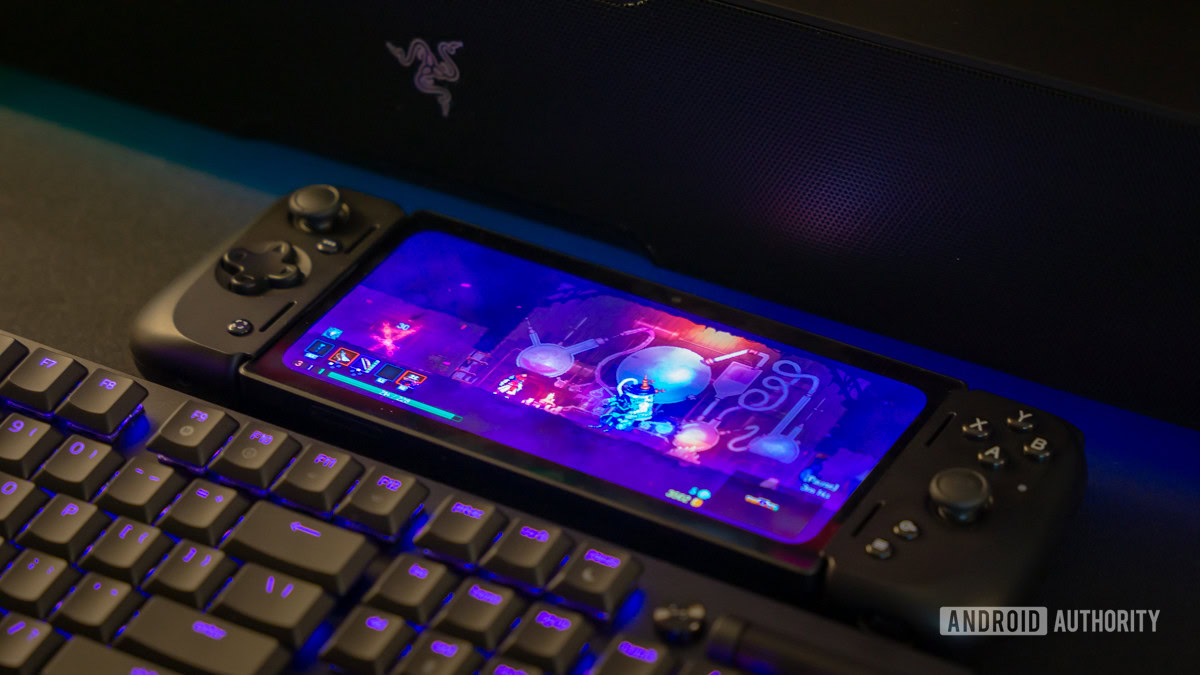
Right now cloud gaming consoles are mostly limited to Wi-Fi connections, so we’re happy to say that Razer offers a 5G model. Unfortunately, you can only get it through Verizon. We don’t know any specifics on the pricing for that model but we imagine it’s going to be at least $50 more than the Wi-FI version.
Should you actually be excited about the Razer Edge?
At $400, the Razer Edge is pretty expensive, and 5G may add even more to the price tag. That’s a lot for a cloud gaming machine that does most of the same things as the phone in your pocket. The ability to detach the controller is a big plus, though, as you can effectively use it as a regular tablet when you’re not in gaming sessions.
Considering this is a smaller tablet, those with big phones can already get almost the same experience as you’d get with Razer Edge by merely slapping on a Kishi V2. You’d also be draining your battery faster, but a few rechargeable batteries will cost you a lot less than $400.
If the idea of a cloud gaming machine intrigues you, though, I won’t argue that this looks to be the very best implementation to date. It just feels a tad pricey, considering the Steam Deck is only $200 more and you can play actual PC games on it as well.
Thank you for being part of our community. Read our Comment Policy before posting.